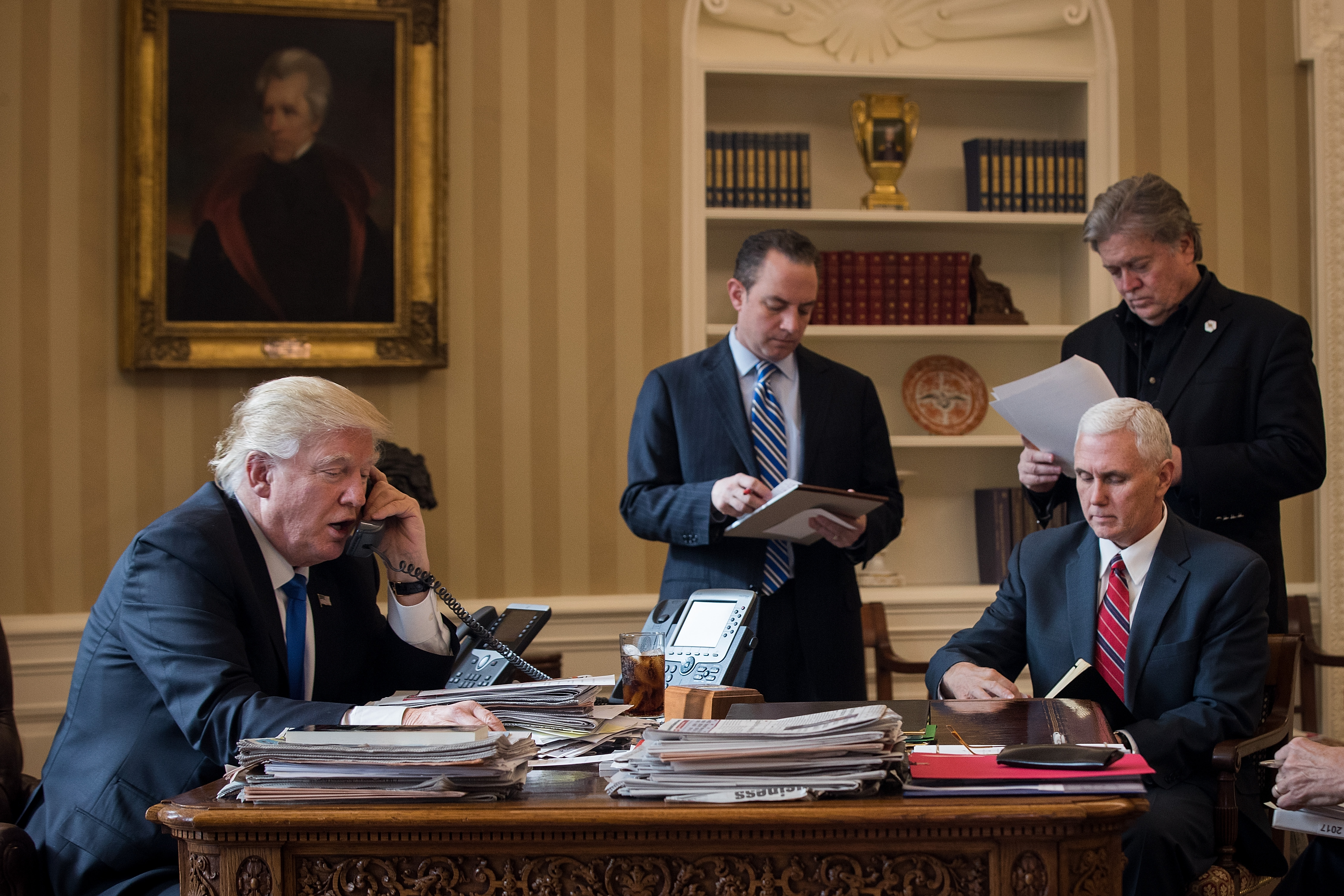
The gap in income between America’s richest and poorest is larger now than it’s ever been since the Great Depression — a fact that’s received a lot of attention in American politics lately, most recently with Bernie Sanders’ presidential campaign and President Donald Trump’s focus on the “forgotten men and women” of the country. But the health implications of these wealth disparities hasn’t gotten quite as much attention.
An American woman in the top 1 percent is now expected to live 10 years longer than the average American woman in the bottom 1 percent, one recent study found. A man in the top 1 percent is expected to live 15 years longer than his counterpart in the bottom 1 percent. These health disparities can reinforce poverty. After all, poor health can limit people’s ability to work, and kids who suffer from untreated health issues tend to get less education and to earn less money as adults.
But things weren’t always this bad. In recent decades, the correlations between income, education, and early death have strengthened.
The research offers some possible answers to why America’s health gap has worsened — and suggests targets for doctors and lawmakers to take aim at. Below, we summarize a few top takeaways from a series of papers, published last week in the journal The Lancet, that collect the evidence about health gaps in the United States. The series actually comes with an introductory essay by Sanders, who ran his campaign, in large part, on righting America’s wealth inequalities. “As Pope Francis has reminded us, to follow the commandment ‘thou shalt not kill,’ we must also say ‘thou shalt not’ to an economy of exclusion and inequality,” Sanders writes. “Such an economy kills.”
- Americans with less education are now much more likely than more-educated Americans to smoke. Smoking increases people’s risk for heart disease and various cancers.
- The opioid epidemic may also play a role. An analysis of premature deaths in 26 states between 1993 and 2007 found that Americans with less than a high school education became much more likely to die from accidents during that time. Many of these deaths may be accidental drug and alcohol overdoses, a team of Boston University public-health researchers write in The Lancet. Across the country overall, during that time, deaths from overdoses climbed steadily, even as deaths from guns increased only slightly and deaths from car accidents declined.
- But it’s not just about individual behaviors. The mathsuggests that factors like smoking and drug use aren’t enough to account for the severity of the health gap between the rich and poor. Although they’re harder to study, systemic problems are also important. The authors of The Lancet series had some hypotheses.
- Health care is now much more expensive. Over the past decade, for example, health insurance premiums and deductibles have risen much faster than wages. As a result, poor folks may be foregoing visits to the doctor. Between 2004 and 2013, poor Americans cut their health-care spending, while middle-class and wealthy Americans increased their spending by 10 to 20 percent. Researchers think that, if cost weren’t an issue, poorer folks would likely use more health care than their richer peers because they’re more likely to have health problems. In Canada, which has universal health care, poor people spend more on medicine.
- There’s evidence that poorer and richer Americans increasingly live in different neighborhoods, which might put families in different environments that affect their health. For example, richer neighborhoods may have lower crime rates, less air pollution, more parks (which encourage exercise), more supermarkets (which encourage healthier eating), and other more healthful social policies.
- Systemic racism only makes matters worse. For example, tobacco and alcohol companies often advertise specifically to black and Hispanic Americans, which may contribute to smoking and unhealthy drinking in those folks. It has been well documented that toxic waste sites and bus barns are more likely to be located in neighborhoods with a higher number of people of color.





